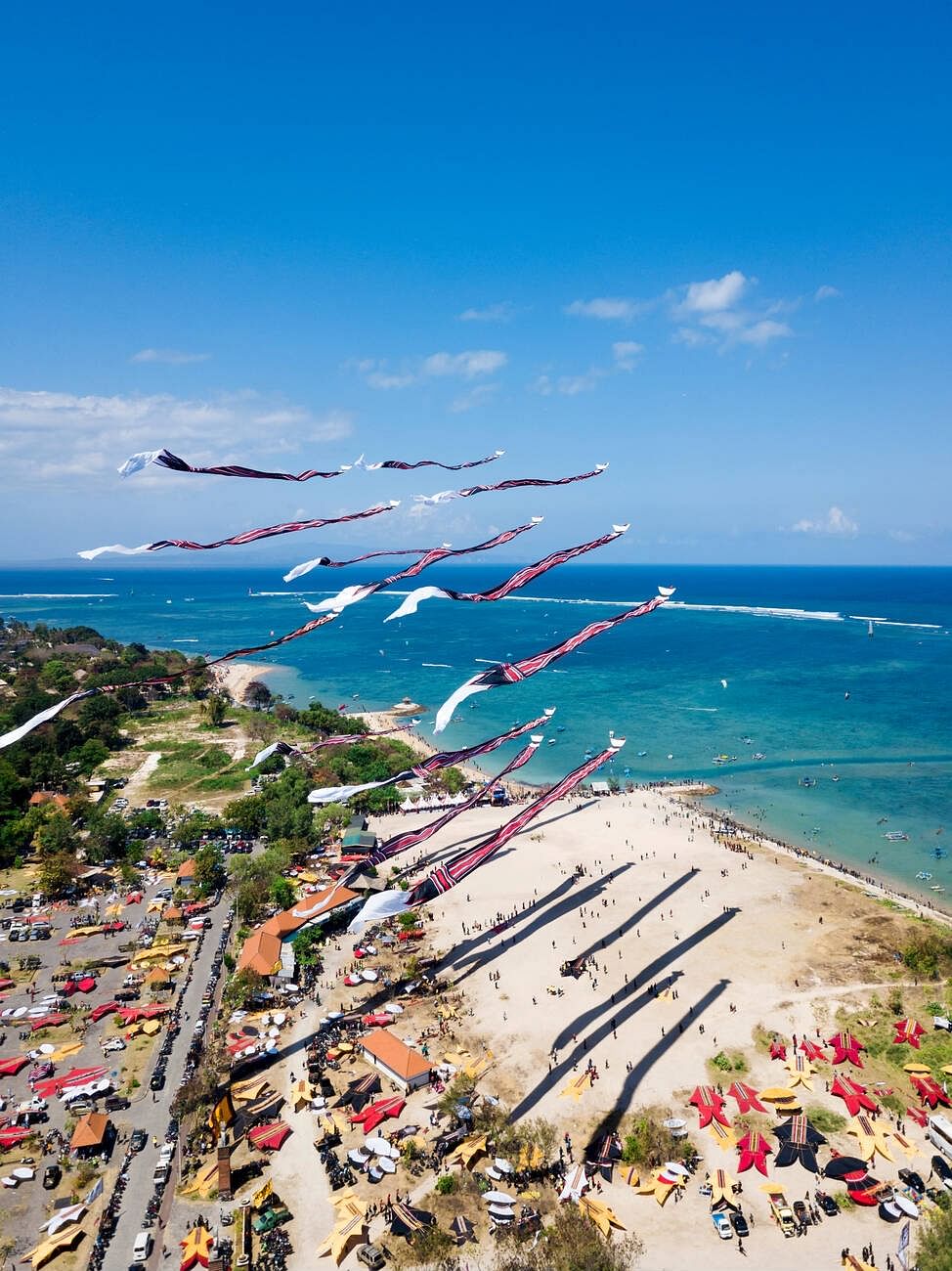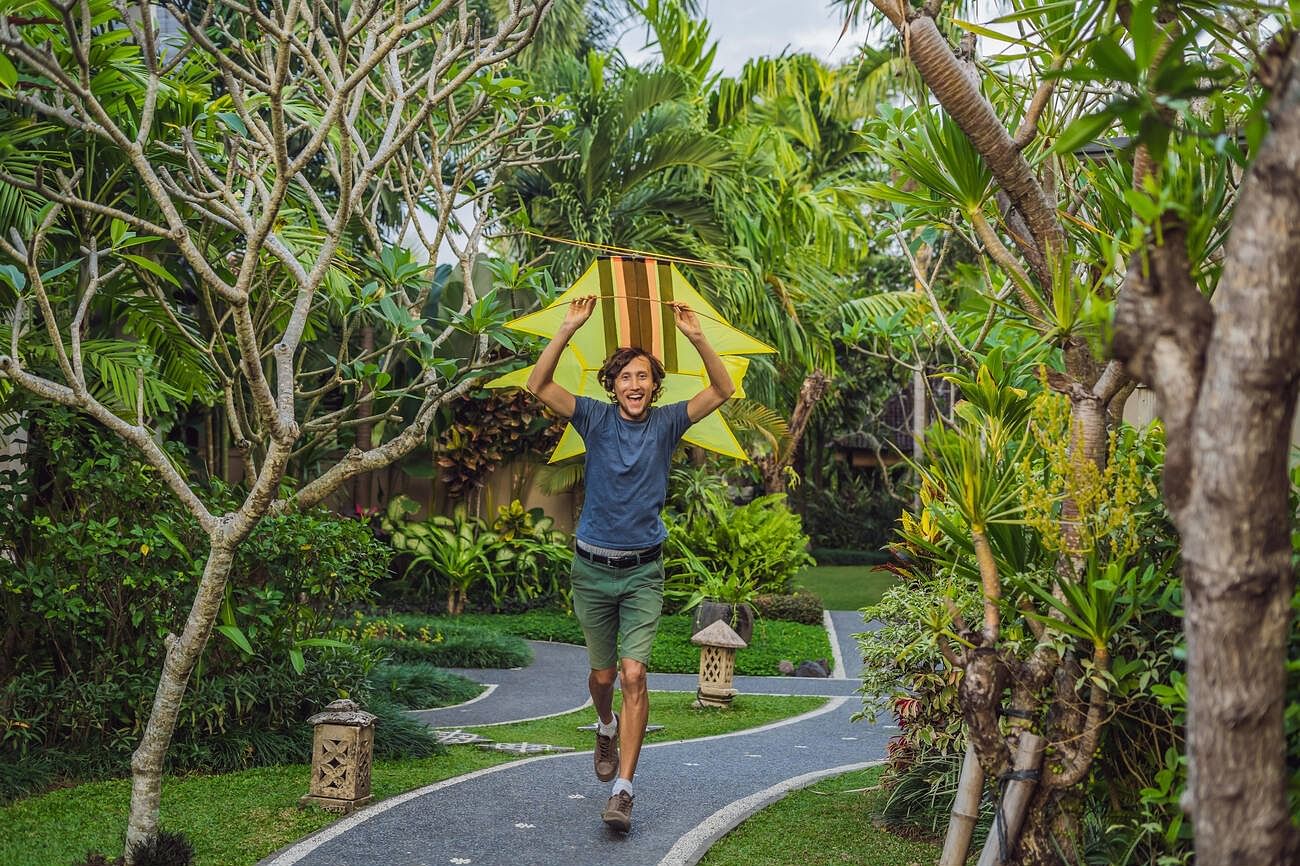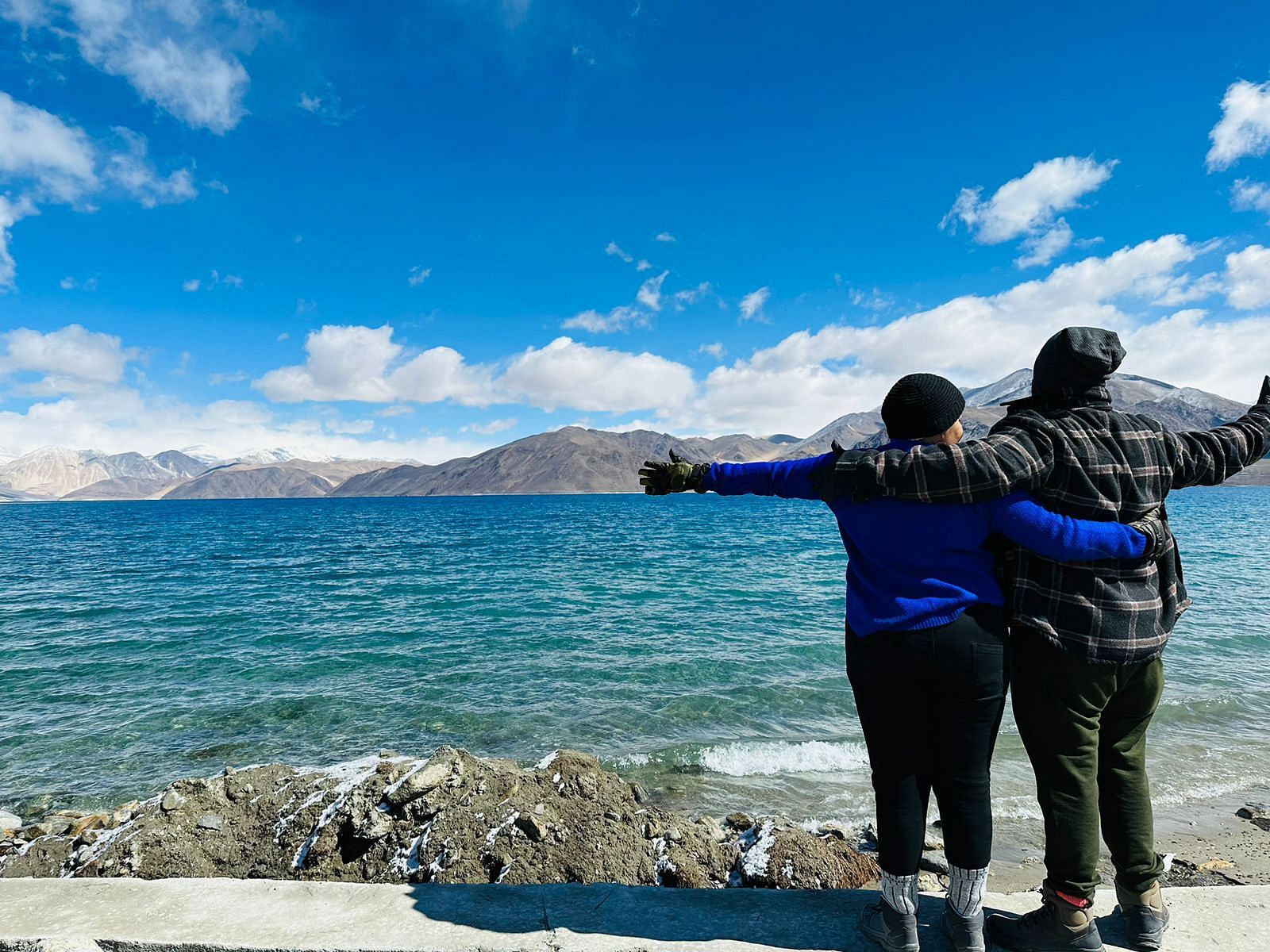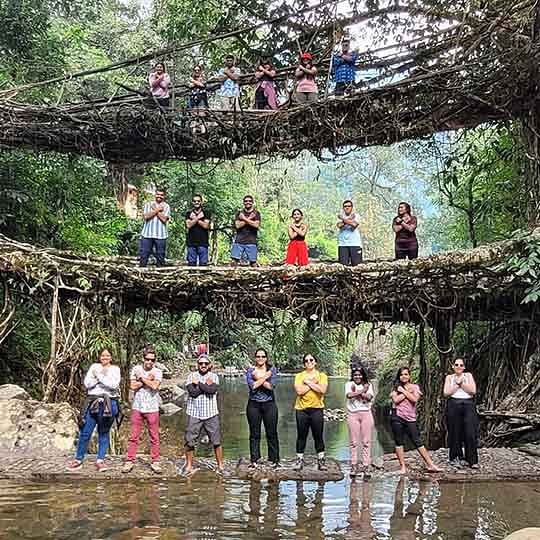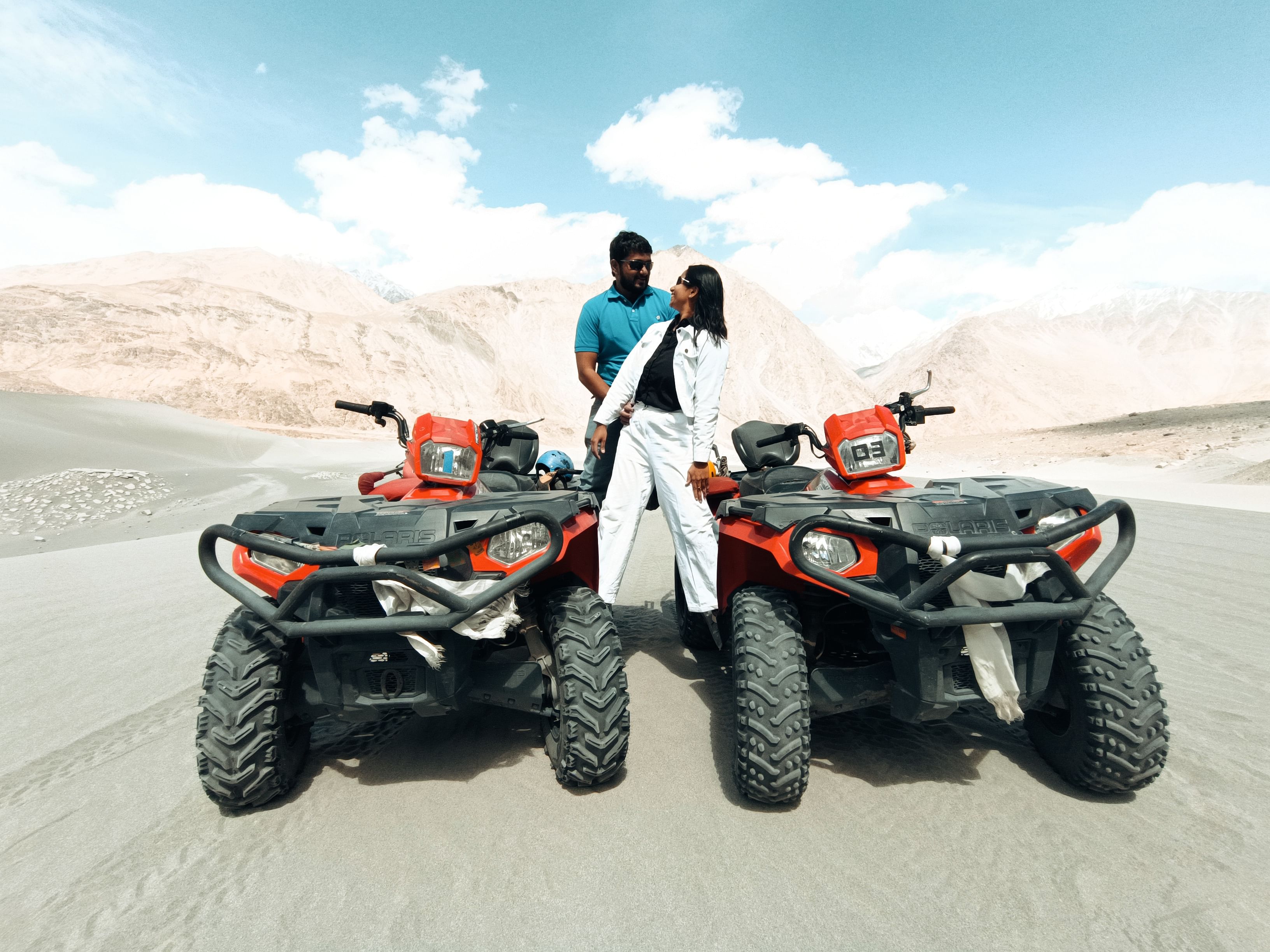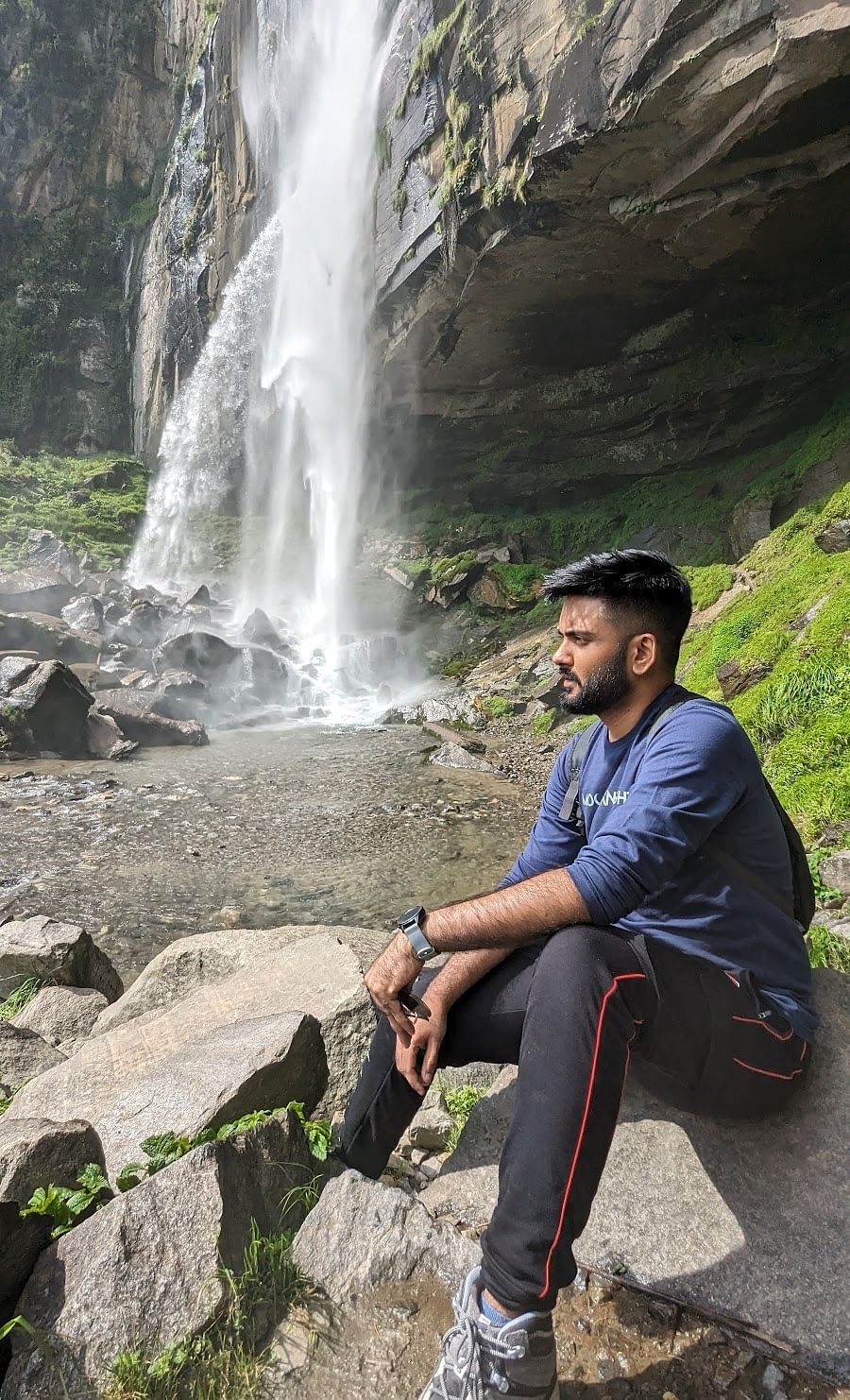The Bali Kite Festival is an international annual kite event held during the windy months of July-August often extending up to October as well in the Padang-Galak area, Sanur Beach, Bali. The event is a seasonal religious festival, to show gratitude to the Hindu gods for abundant crops and harvests.Since the late 1990s, the Sanur district of Bali has hosted the annual Bali Kite Festival, which draws in a lot of people, especially kite-flying fans from all over the globe. Hundreds of groups from all Bali banjars (local communities) will compete with their best kite flyer team, “Sekaa Layangan,” for the big prize. Each group builds their kites differently and this takes months to prepare.
Balinese kites hold a special place in the hearts of the Balinese people because of their deep-rooted cultural significance. The art of kite-making and flying is passed down through generations and generations, preserving the island’s ancient traditions. Additionally, the communal aspect of kite-flying brings communities together, fostering a sense of unity and celebration.
You must visit Bali during the Kite Festival and experience this at least once in your lifetime. You can check Bali Tour Packages to plan and book your Bali holiday and be a part of this spectacular event.
Suggested Read: Sunset in Bali
Bali Kites Festival Explained
The Bali Kite festival becomes a competitive ground for groups of young men who send their teams to participate and win prize money. Competitions are also usually held for new creation kites or kreasi baru in Balinese. These may include detailed 3-dimensional figures and unusual designs ranging from Hindu gods, cars and motorbikes, to mascots and brand sponsors. A gamelan orchestra accompanies each troupe, which adds to the spirit of the kite festival.Traditional Balinese kites tend to be enormous, measuring up to 4 metres wide and 10 metres long.
- Bebean (fish-shaped)
- Janggan (bird-shaped)
- Pecukan (leaf-shaped)
These are the three traditional kites flown during the Bali Kite festival. These kites are flown by teams of 10 or more adult kite fliers. The Bebean is the largest kite which looks like a broad-mouthed, split-tailed fish. The Janggan form has a broad flowing cloth tail that can reach more than 100 metres in length. The Pecukan has an unstable form and often tumbles towards the ground, hence requiring the most skilled kite fliers. Red, white and black are the traditional colours used in the kite’s designs. Each type of traditional kite has its own competition, with heats of 10 teams vying for the best launch and longest flight.
Suggested Read: Languages in Bali
During the event, fascinating kites in many different and unique shapes from cartoon characters, temples, superheroes figures and animals are flown in the air. There is a cultural theme contest as well, where a priest will bless the kite before taking off and a group of 70-80 people; consisting of flyers, a gamelan band and flag bearers will march to the venue in uniform.There are several other Kite festivals organised during the dry season when the winds are strong. Also, Gianyar and other regions in Bali celebrate and hold competitions to keep this amazing tradition alive.
This is one of the most important Festivals of Bali since it started as a seasonal agrarian festival, commemorated in honour of Hindu Gods to thank for abundant harvest. It is a joyous occasion for the Balinese people to meet on the beach or play with their kites from the rice fields together with friends, family or neighbours. Flying kites in Bali is not just a hobby but a part of their deep-rooted cultural significance.
From a very tender age, boys in Bali are taught to make their kites from bamboo and thin colourful paper known as “kertas minyak”; this is also a cherished father-son bonding activity. Adults replace this paper with silk cloth that is sewn up on the bamboo frame and use rope instead of string to navigate the kite during the Bali Kite Festival.
The process of creating and flying kites involves collective effort, encouraging cooperation and teamwork among villagers. Preparations for kite festivals and ceremonies become opportunities for bonding and socialising hence strengthening the community’s spirit and sense of belongingness.
One of its kind of Experience
During the time between June and September, Bali’s clear blue skies will be decorated with these colourful kites flown by joyful kids and grown-ups all over the island. These months are considered as the best period to fly the kites in the sky, as the winds during the dry season are strong and kites can reach unbelievable heights. Sometimes, you may find kites high up in the sky, with LED lights, which may give you the illusion of a star or even an aeroplane if flown very high in the sky. These sights often make it a one-of-a-lifetime experience and definitely worth visiting Bali during this time of the year.Suggested Read: Bali in Summer





